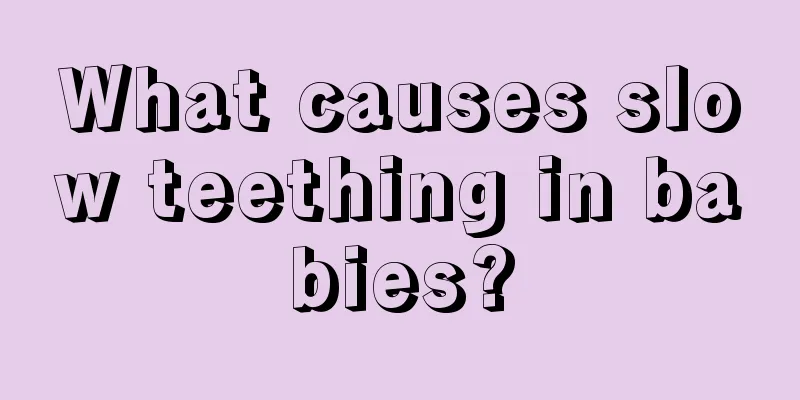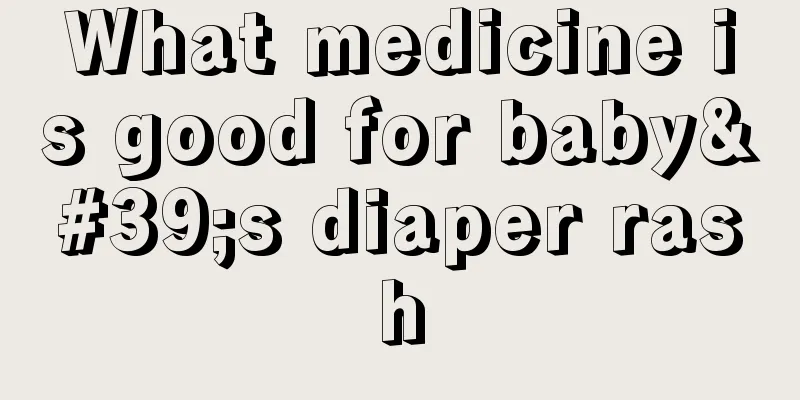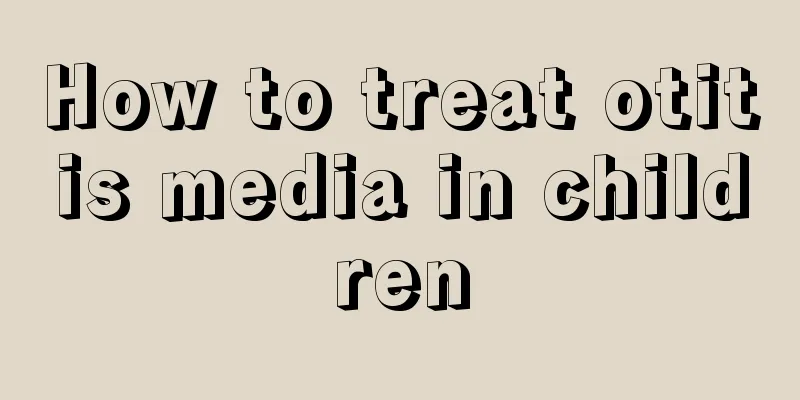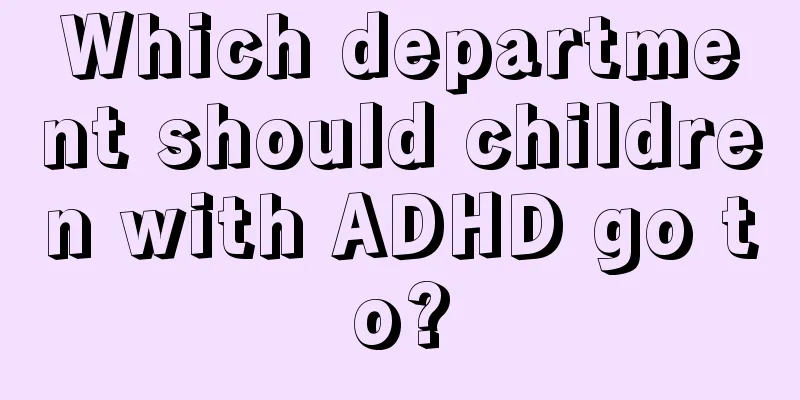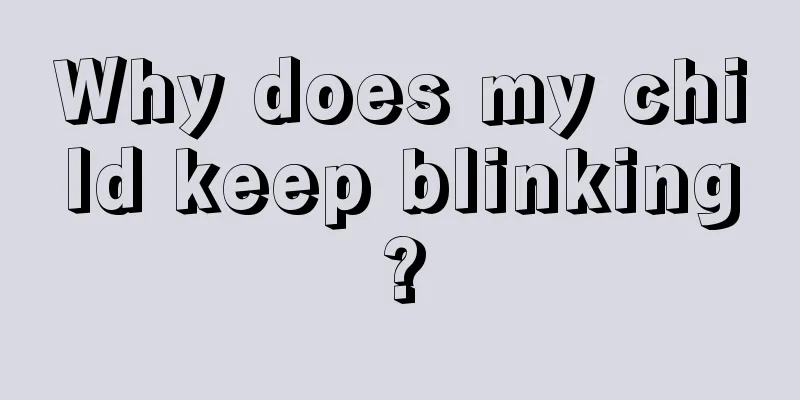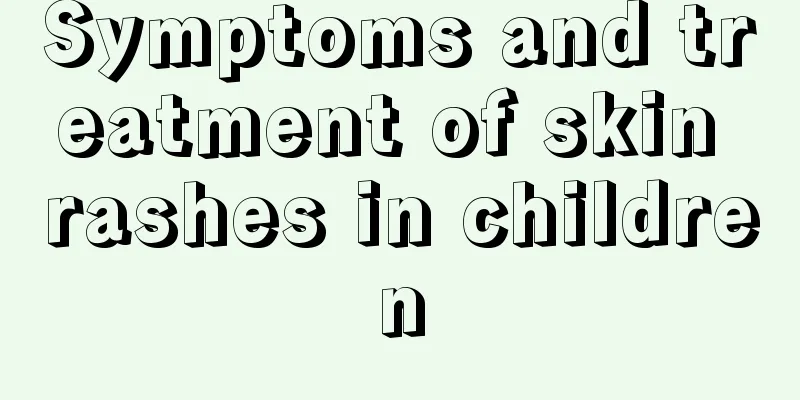What are the symptoms of spastic cerebral palsy in children?
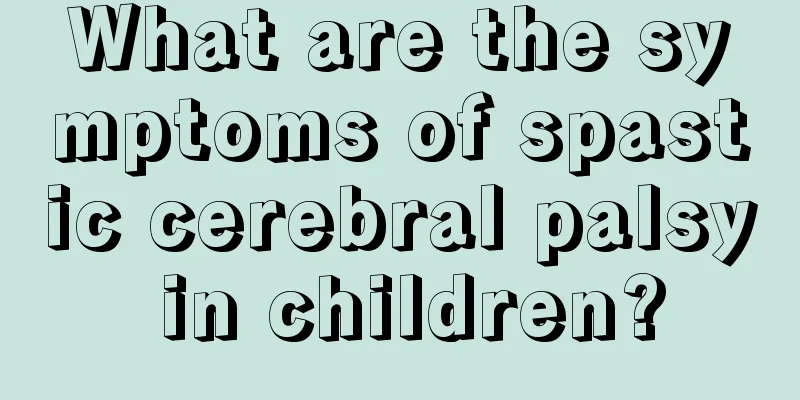
|
Cerebral palsy in children is mainly a disease caused by incomplete development of the brain. Among them, spastic cerebral palsy in children is a relatively typical type, which has a great impact on the child’s normal life. Therefore, we must be aware of the symptoms of spastic cerebral palsy in children, and go to a regular hospital for diagnosis and treatment in time when we discover it. So, what are the symptoms of spastic cerebral palsy in children? Let’s take a closer look. Children with spastic cerebral palsy may feel their muscles are "stiffer" than normal children or people when they move their limbs. The so-called "stiffness" is what we call "high muscle tone" during treatment. When these children go to the hospital for examination, the doctor will find that they have characteristics such as hyperreflexia of tendons and obvious spasms when stepping on them. When the child stands and walks, he will experience systemic tension, with both upper limbs flexed and difficult to straighten, and his lower limbs often in a crossed state. This posture is called "scissors gait." Because these children are in a state of high muscle tension for a long time, their tendons are easily shortened and their joints are contracted and deformed. If the Achilles tendon shortens and forms pointed feet, the person will only touch the ground on tiptoe when walking. The knee joint is flexed and contracted and is difficult to straighten, and the hip joint is also flexed and contracted and cannot be extended (the child cannot kick backwards). Children with spasticity are often candidates for surgical treatment. Children with spastic cerebral palsy often suffer from quadriplegia, bilateral leg paralysis and hemiplegia. Their muscle tone is highly tense and there is almost no change. According to the different degrees of muscle tension, the spastic type can be further divided into severe spasticity, moderate spasticity and mild spasticity. Among them, the changes in the muscle postures of children with severe spasticity during passive movement can be vividly described as "lead pipe-like" and "jackknife-like" changes. When the children themselves are active, they have almost no self-regulation ability due to muscle tension. Among these children, joint contractures, deformities, muscle atrophy and shortening are the most common phenomena. The above is an introduction to the symptoms of spastic cerebral palsy in children. I hope it will be helpful to parents. Spastic cerebral palsy in children is a relatively serious disease. When you find that your child has abnormal conditions, you must pay attention to it, take it to a regular hospital for diagnosis and treatment in time, and persist in treatment to avoid causing lifelong harm to your child. |
<<: What is the reason why children often complain of stomachache?
>>: What are the family rehabilitation methods for children with cerebral palsy?
Recommend
Is it good for children to eat goose eggs?
Goose eggs are a very nutritious food. Children c...
Baby has fever and forehead is swollen
Because the body's resistance is relatively w...
What are the characteristics of early development in children?
Under normal circumstances, a person's develo...
Children's tooth replacement period correction
Children's teeth start to change when they ar...
What are the symptoms of pinworms in the baby's anus?
Pinworms are a type of parasite that often lives ...
What to do if children have dark skin
Children's skin is white as jade, tender and ...
How to improve the granular stool of baby
Parents definitely love their newborns very much....
How to balance nutrition for teenagers
During the entire student period, high school stu...
Treatment of pneumonia and bronchitis in children
We all know that children are in a period of rapi...
How to communicate better with children with autism
When interacting with autistic children, you need...
Can children drink cocktails?
We drink a lot of cocktails in our daily life, ma...
2 and a half years old bedwetting
In fact, there are many children around 2 years o...
How many teeth does a two and a half year old baby have?
A two and a half year old baby has about 20 teeth...
What to do if your child accidentally drinks iodine
Povidone-iodine is a disinfectant that is usually...
What to do if your child has abdominal distension and vomiting
It is very common for children to have abdominal ...



